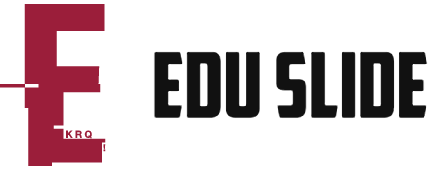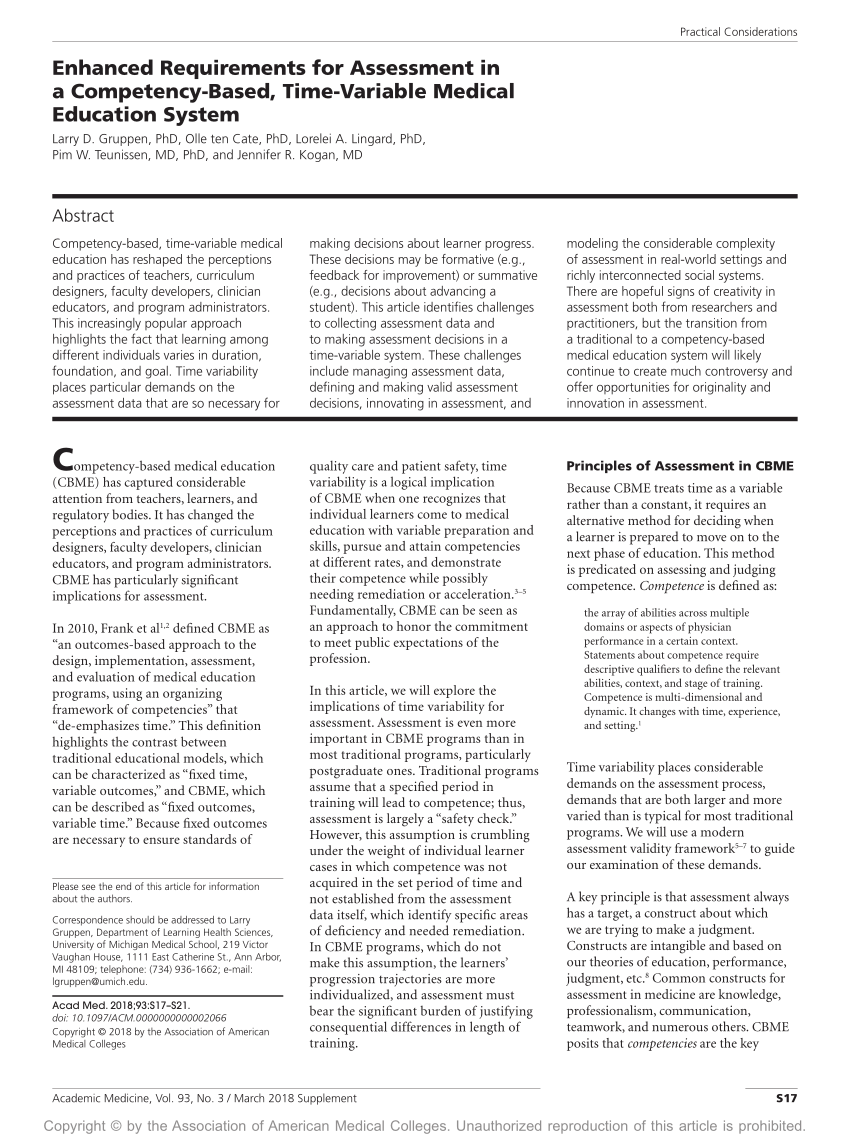What does competency based education mean? It’s a framework for teaching and assessing learning based on predetermined “competencies.” Instead of learning by rote, it focuses on performance and outcomes that are measurable in real life. In other words, it’s a personal experience that doesn’t rely on standardized tests. But how does it work? What are the advantages? Here are three ways that it differs from traditional education.
It’s a personal experience
What is competency based education? This educational approach measures skills and student learning instead of time spent in the classroom. Students move through a course when they have demonstrated mastery. Because this approach is student-centered, students can accelerate their progress by putting previous knowledge to good use. The key to a competency-based education is personalization. The more personal and experiential the experience, the more students will benefit.
What are the advantages of this approach to education? It promotes authenticity, agency, consistency, comparability, and portability. The key is to find a balance between the four benefits of competency-based education. It also encourages students to take ownership of their education. While this format isn’t for everyone, it is often an excellent option for many learners. The UW Flexible Option offers personalized advising. A Success Coach is on staff to help students succeed. Students pay a flat fee for the entire subscription period. This approach saves both time and money.
It’s flexible
What are the advantages of competency-based education? Firstly, this style of learning is highly flexible, allowing the student to take on a wide variety of subjects and tasks. Second, this educational style is focused on ensuring that the student can build skills and knowledge on a particular subject, rather than learning the basics and then moving on. Competency-based education is flexible because it doesn’t move forward based on age or level, but rather focuses on a student’s current capabilities and abilities. Traditional learning outcomes focus on memorization and passing tests, while competency-based learning emphasizes deeper understanding, application, and building skills.
Third, competency-based education is very affordable, as the tuition fees are based on the student’s progress. As a result, the shorter the time spent on a course, the lower the tuition fee. And because competency-based programs are often delivered online, they are able to leverage the power of technology to reduce operating costs. As a result, tuition fees are lower than traditional academic programs. It’s easy to see why many schools are implementing competency-based education.
It’s not validated by standardized tests
One argument against competency-based education is that it tends to reinforce the stratification of higher education and funnel students into narrow vocational offerings. Furthermore, the focus on outcomes may eliminate some valuable aspects of a college education, such as intensive interaction with peers. That’s not to say that competency-based education is completely without merit. Instead, it can be a valuable alternative to traditional college education.
Another criticism of competency-based education is that it is not universal. Competency-based systems often require collaboration between educators and employers to identify high-level competencies. These skills can then be broken down into specific competencies. Hence, competency-based learning can allow students to skip ahead or advance to the next level without losing their credits. While standardized tests are a necessary component of traditional classroom methods, competency-based learning breaks away from this model, allowing for flexibility.
It’s a reform model
If you’ve ever wondered how to improve public education, you might be familiar with competency-based learning. This reform model holds students to the same high standards regardless of race, socioeconomic status, or school location. Many critics believe that unequal standards in public education contribute to achievement gaps. By focusing on what students already know, competency-based education can make schooling more equitable. But is competency-based learning the best way to improve public education?
The core concept of competency-based learning is that students must demonstrate mastery of a particular skill or capability. A competency is a set of skills and abilities necessary for performing a specific task in a given context. Students must demonstrate mastery of that skill or knowledge before they can move on to the next level of study. A competency-based approach can also provide multiple delivery options because any instructional method or provider can move a student toward mastery.
It puts students in the driver’s seat
Teachers promoting competency-based education often say it’s like adding vitamins to a glass of chocolate milk. Yet in practice, this is not always so simple. Teachers in District L, for example, explained how they had mapped curriculum to competencies, and how they had shifted from traditional grading to rubric-based grading. Despite the difficulties and potential benefits, implementing CBE fully may be a long and difficult process.
A key component of competency-based education is that the process of education is always in motion. Students constantly seek to develop their expertise. Faculty must help them achieve their goals and be supportive of their learning. Students are also empowered to make critical decisions, and they can do so as long as they demonstrate mastery. The Getting Smart study illustrates how competency-based education can help students. However, to be successful, it requires fundamental changes in graduate education. In addition, it requires a complete overhaul of how students are assessed and credentialed.

